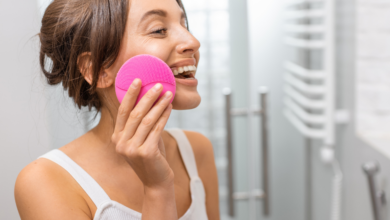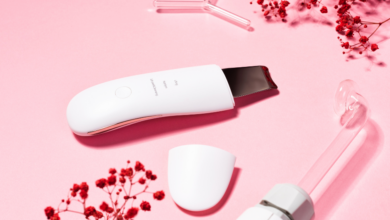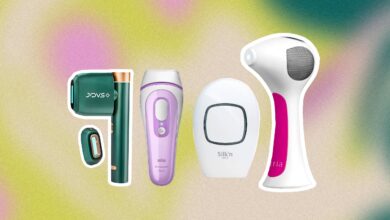
In the pursuit of smooth, hair-free skin, it is essential to arm yourself with the right hair removal tips and tricks. Look no further than stylish.ae, your trusted source for all things sleek and chic. This article serves as your guide to achieving a perfectly groomed appearance, providing expert advice on the best methods and techniques to minimize unwanted hair. With these invaluable tips at your disposal, you can confidently bid farewell to unruly hair and embrace a more polished, stylish aesthetic.
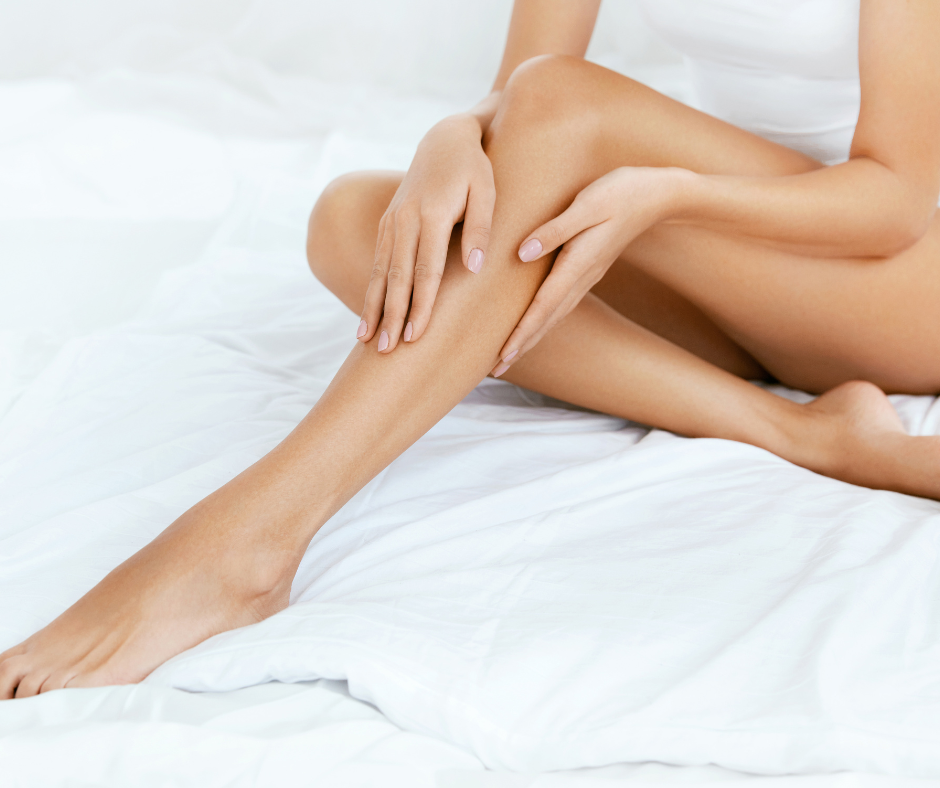
Shaving
Use a sharp razor
When it comes to shaving, using a sharp razor is essential for achieving a smooth and close shave. Dull razors can lead to irritation and nicks, so be sure to replace your razor blades regularly. Using a dull razor not only increases the risk of cuts but also doesn’t cut the hair effectively, leading to an uneven shave.
Wet your skin
Before you start shaving, it’s important to wet your skin. Wet skin is softer and more pliable, making it easier for the razor to glide smoothly over the surface. You can wet your skin by taking a shower or using warm water and a towel to dampen the area you plan to shave.
Apply shaving cream
To ensure a comfortable and irritation-free shave, it’s crucial to apply a generous amount of shaving cream or gel to the area you’re about to shave. The shaving cream acts as a lubricant, allowing the razor to glide effortlessly over your skin and reducing the chances of razor burns or cuts.
Shave in the direction of hair growth
When shaving, always go with the grain or in the direction of hair growth. Shaving against the grain may give you a closer shave, but it also increases the risk of ingrown hairs and razor bumps. Going with the grain is less likely to irritate the skin and can help prevent those annoying and unsightly shaving bumps.
Rinse and moisturize
After you’ve finished shaving, thoroughly rinse off any remaining shaving cream or gel with cool water. Pat your skin dry gently with a towel and follow up with a moisturizer or lotion to help soothe and hydrate your skin. Moisturizing after shaving can help prevent dryness and irritation, leaving your skin feeling smooth and nourished.
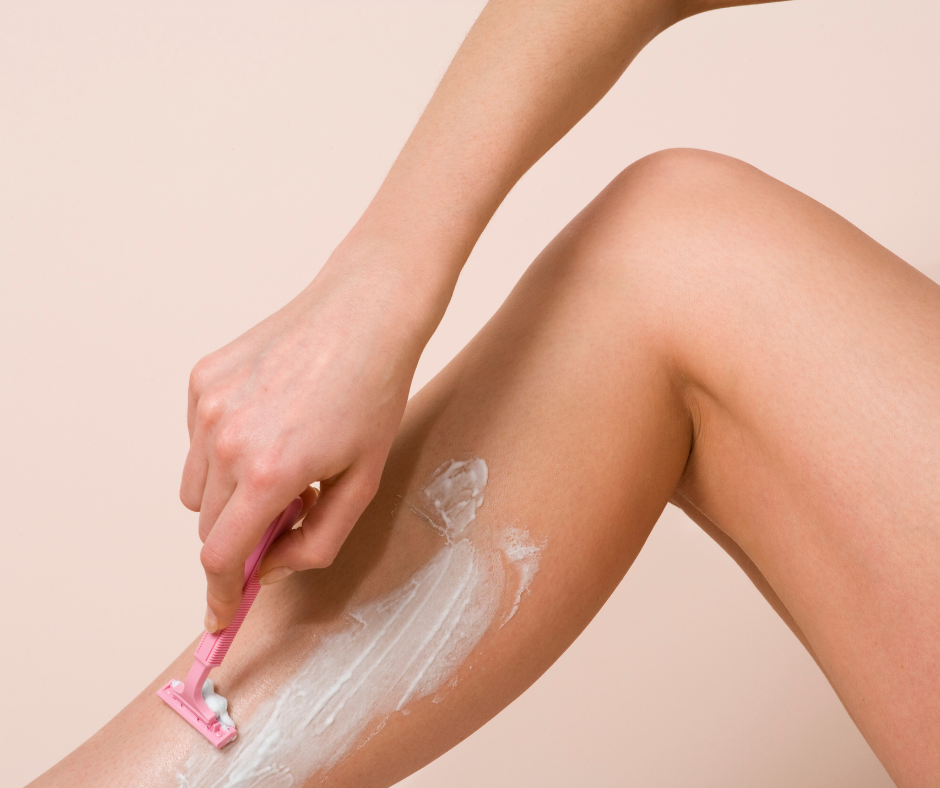
Waxing
Choose the right wax
When it comes to waxing, choosing the right type of wax for your skin and hair type is crucial. There are two main types of wax: hard wax and soft wax. Hard wax is best suited for smaller areas and sensitive skin, while soft wax is generally used for larger areas such as legs or arms. Consider consulting with a professional or doing some research to determine which type of wax would be most suitable for you.
Prepare your skin
Before waxing, it’s important to properly prepare your skin to minimize any discomfort or irritation. Start by cleaning the area you plan to wax thoroughly, removing any oils, lotions, or debris from the skin. You can also apply a pre-waxing oil or powder to help the wax adhere to the hair and not the skin, reducing the chances of any skin damage.
Apply the wax
Once your skin is prepped, it’s time to apply the wax. Make sure the wax is at the right temperature – too hot can cause burns, while too cold may not effectively remove the hair. Follow the instructions on the wax packaging, applying a thin layer of wax to the desired area in the direction of hair growth.
Remove the wax
After applying the wax, quickly but firmly remove it in the opposite direction of hair growth. Pull the wax strip or, if using hard wax, form an edge with your finger and remove the wax in one swift motion. Try to keep the skin taut with your other hand while removing the wax to minimize pain and ensure a clean removal.
Soothe and moisturize
Once you’ve finished waxing, apply a soothing lotion or gel to help calm and hydrate your skin. Waxing can leave the skin feeling sensitive, so using a product that contains ingredients like aloe vera or chamomile can help reduce inflammation and soothe any discomfort. It’s also important to avoid sun exposure and exfoliating the waxed area for at least 24 hours after waxing to prevent irritation.
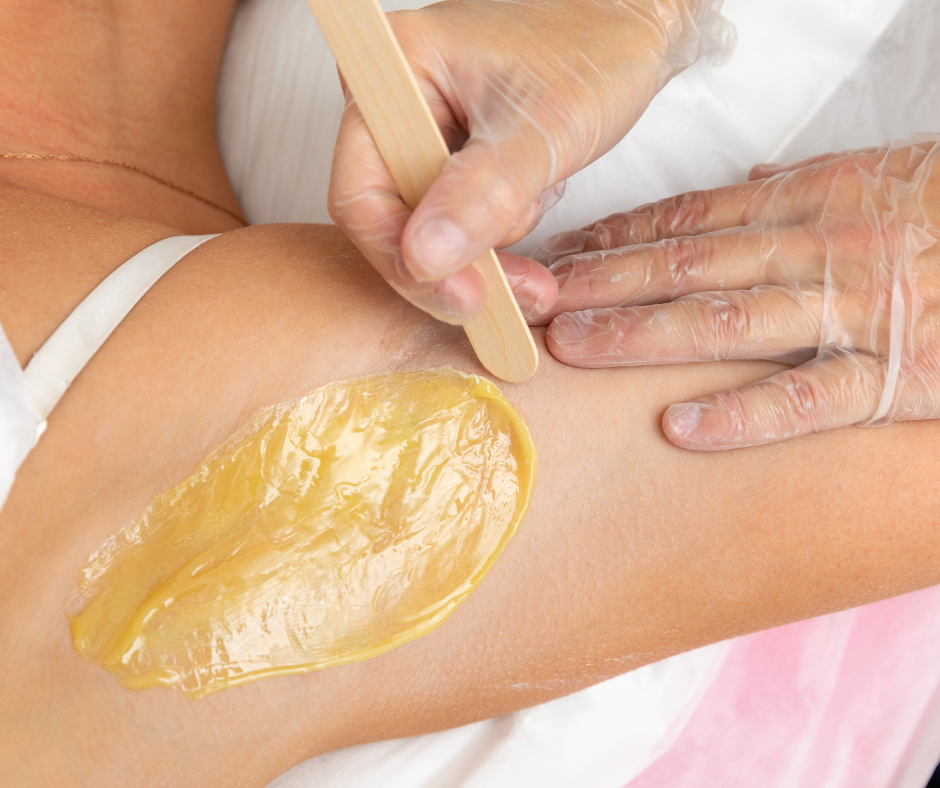
Epilation
Exfoliate your skin
Before epilating, it’s a good idea to exfoliate your skin to remove any dead skin cells and help prevent ingrown hairs. Use a gentle exfoliating scrub or a washcloth to gently buff the skin in circular motions. This will not only ensure a smoother epilating experience but also help the epilator grab the hair more effectively for a thorough removal.
Choose the right epilator
Investing in a good quality epilator can make all the difference in achieving a successful and effective hair removal experience. Look for an epilator with multiple tweezers to ensure optimal coverage and speed. Consider factors such as cordless or corded operation, different speed settings, and attachments that cater to different body parts to find the perfect epilator for your needs.
Hold the skin taut
To get the best results with your epilator, it’s important to hold the skin taut while epilating. This helps the epilator grip the hair more effectively and ensures a smoother and more comfortable hair removal process. Stretch the skin with your free hand and glide the epilator in the opposite direction of hair growth for the most efficient results.
Move the epilator against hair growth
Move the epilator against the direction of hair growth to ensure that all the hair is caught and removed. Epilating in the opposite direction helps to minimize breakage and ensures a more thorough removal. However, keep in mind that this might cause slight discomfort, especially if you’re new to epilating. With regular use, the discomfort tends to decrease over time.
Soothe and moisturize
After you’re finished epilating, apply a soothing lotion or gel to calm the skin and reduce any redness or irritation. Look for products that contain ingredients like aloe vera or chamomile to soothe the skin. Additionally, moisturize the epilated area regularly to keep the skin hydrated and prevent dryness. Over time, with consistent epilation, you may notice that the hair grows back finer and sparser.
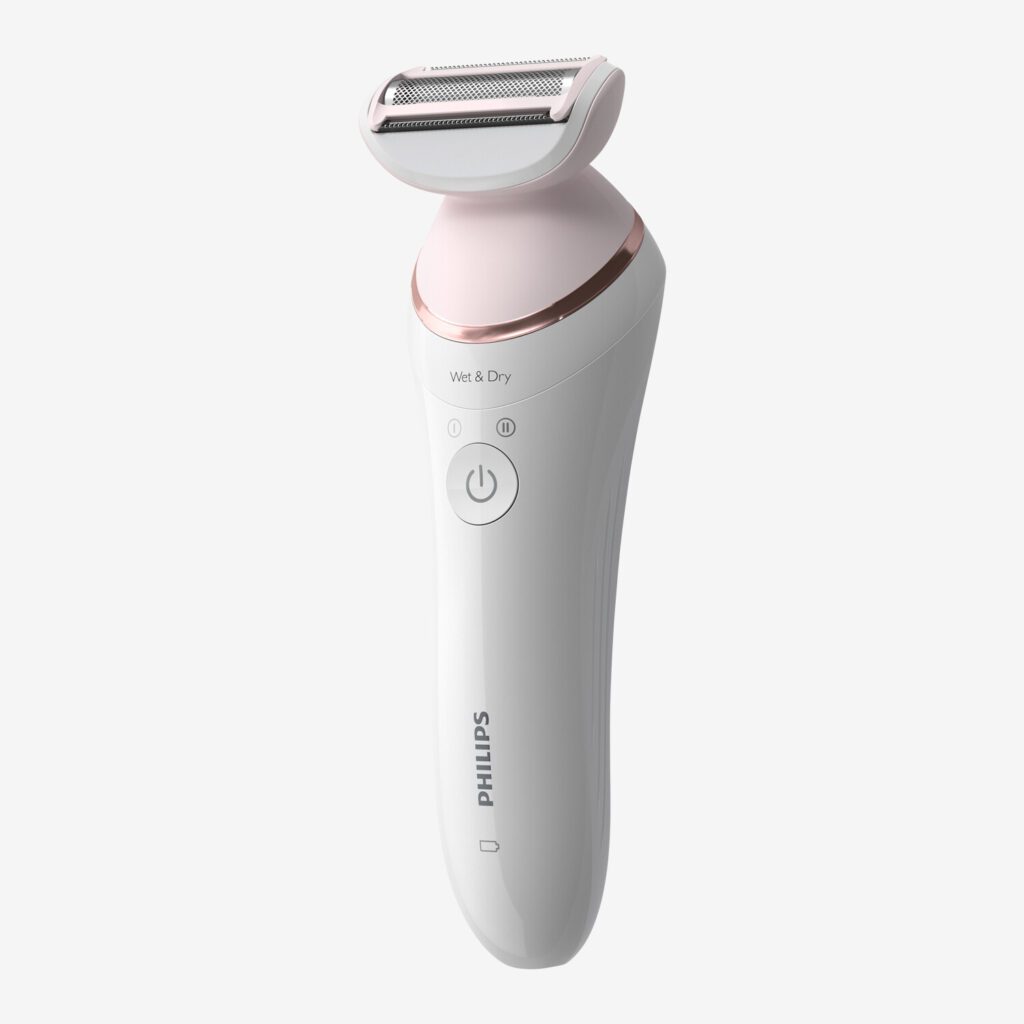
Laser Hair Removal
Consult a professional
Laser hair removal is a highly effective method of long-term hair reduction, but it’s essential to consult with a professional before undergoing treatment. They will assess your skin and hair type, discuss your expectations, and determine if laser hair removal is suitable for you. A professional will also guide you through the process and answer any questions or concerns you may have.
Avoid sun exposure
Before and after laser hair removal sessions, it’s important to avoid sun exposure to minimize the risk of complications and maximize the effectiveness of the treatment. Sun exposure can make the skin more sensitive and increase the chances of post-treatment side effects such as hyperpigmentation. Therefore, it’s recommended to stay out of direct sunlight or use a broad-spectrum sunscreen with an SPF of 30 or higher to protect the treated area.
Shave the treatment area
Before your laser hair removal session, it’s necessary to shave the treatment area. By doing so, you ensure that the laser energy targets the hair follicles directly without any interference from above-the-skin hair. It’s important to use a clean and sharp razor to avoid irritation or nicks while shaving. If you’re unsure of how to shave the treatment area properly, consult with the professional or technician who will be performing the laser hair removal.
Undergo multiple sessions
Laser hair removal is a process that requires multiple sessions for optimal results. The number of sessions can vary depending on various factors such as hair thickness, color, and the area being treated. On average, it’s recommended to undergo six to eight sessions spaced four to six weeks apart. This allows the laser to target the hair follicles during different stages of growth for maximum effectiveness.
Follow aftercare instructions
After each laser hair removal session, it’s important to follow the aftercare instructions provided by your professional. These instructions may include avoiding hot baths or showers, avoiding strenuous exercise, and applying soothing products such as aloe vera or a prescribed cream. It’s crucial to follow these instructions to minimize any potential side effects and ensure a successful treatment outcome.
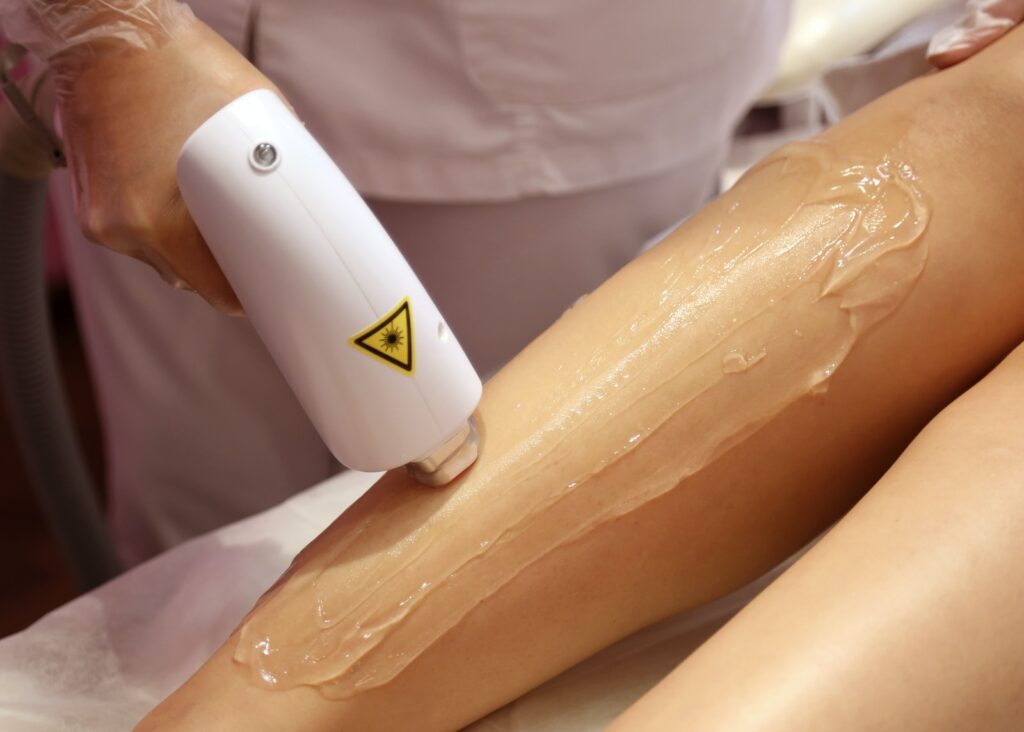
Depilatory Creams
Patch test before use
Before using a depilatory cream, it’s crucial to perform a patch test to check for any adverse reactions or allergies. Apply a small amount of the cream on a small area of your skin and leave it on for the recommended time. If you experience any itching, redness, or irritation, remove the cream immediately and do not use it further. Patch testing is especially important if you have sensitive skin or if it’s your first time using a particular product.
Apply cream evenly
When applying a depilatory cream, make sure to spread the product evenly over the desired area. Use the applicator or a spatula to ensure even coverage, making sure that all the hair you want to remove is covered with the cream. Avoid rubbing or massaging the cream into the skin as it may irritate the skin or break the hair at the surface, resulting in an incomplete removal.
Leave on for recommended time
Depilatory creams typically come with instructions indicating the recommended time you should leave the product on your skin. It’s essential to follow these instructions closely to avoid any potential skin irritations or chemical burns. If you leave the cream on for too long, it may damage your skin, while removing it too soon could result in incomplete hair removal. Use a timer or a clock to ensure accurate timing.
Wipe off with a towel
After the recommended time has passed, use a damp towel or sponge to gently wipe off the depilatory cream. Remove the cream in the direction of hair growth, applying gentle pressure to avoid unnecessary friction or irritation. Check the area to ensure that the hair has been effectively removed. If any hair remains, you can leave the cream on for a few more minutes or repeat the process for thorough hair removal.
Moisturize the skin
Depilatory creams can leave the skin feeling dry or sensitive, so it’s important to moisturize adequately after using them. Apply a soothing and hydrating lotion or cream to the treated area, gently massaging it into the skin. Look for products that contain ingredients like aloe vera or chamomile, known for their calming properties. Regularly moisturizing the skin can help maintain its hydration and promote a smoother and healthier appearance.
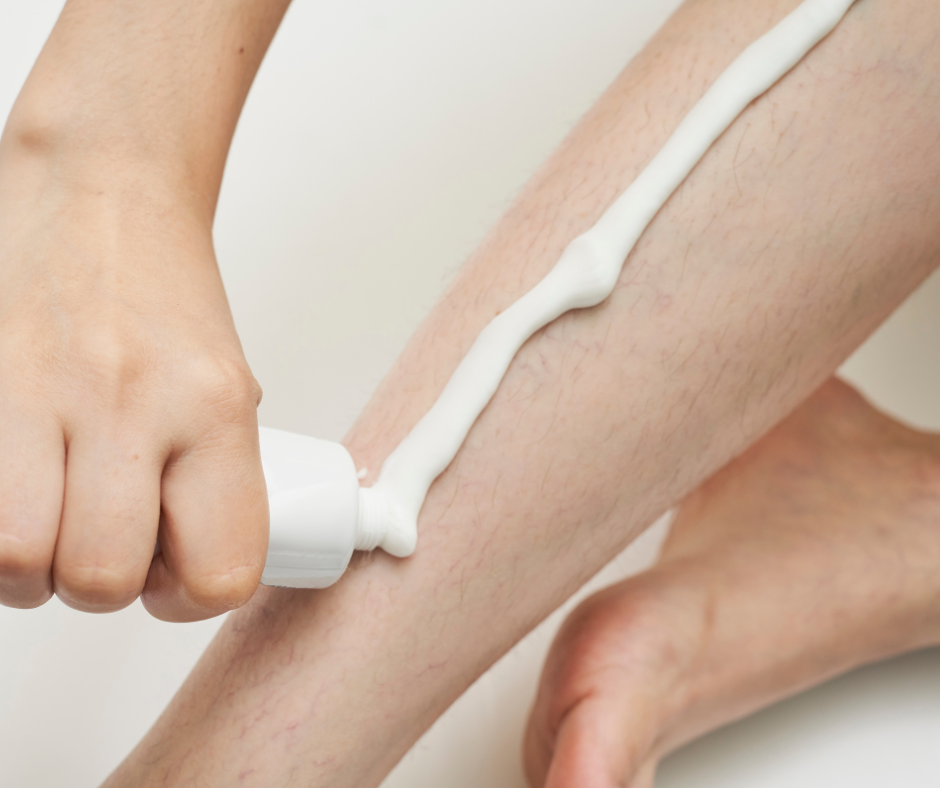
Threading
Choose a skilled professional
Threading is a technique that requires precision and skill, so it’s important to choose a skilled professional for optimal results. Look for an experienced esthetician or technician who specializes in threading. They will have the expertise to shape your eyebrows or remove unwanted facial hair using the threading method effectively and efficiently.
Cleanse the area
Before threading, the area being treated should be cleansed thoroughly to remove any makeup, oils, or debris. This ensures that the thread can grip the hair effectively and provides a clean surface for the professional to work on. Cleansing the area also helps minimize the risk of any infections or breakouts.
Stretch the skin
During the threading process, the professional will typically ask you to stretch the skin around the area being threaded. This helps create tension and ensures that the thread can easily catch and remove the hair from the root. Stretching the skin also helps to reduce discomfort and increases the precision of the technique.
Move the thread in a twisting motion
Threading involves using a looped thread to catch and remove hair from the root. The professional will hold one end of the thread in their mouth and twist the other end, creating a loop. They will place the looped section of the thread on the area with unwanted hair and move their hand in a twisting motion. This motion causes the thread to catch the hair and pull it out from the root.
Soothe and moisturize
After threading, it’s important to soothe the treated area and apply a moisturizer. Threading can cause temporary redness or minor irritation, so using a soothing gel or aloe vera can help calm the skin. Additionally, moisturizing the area regularly can prevent dryness and keep the skin healthy and nourished.
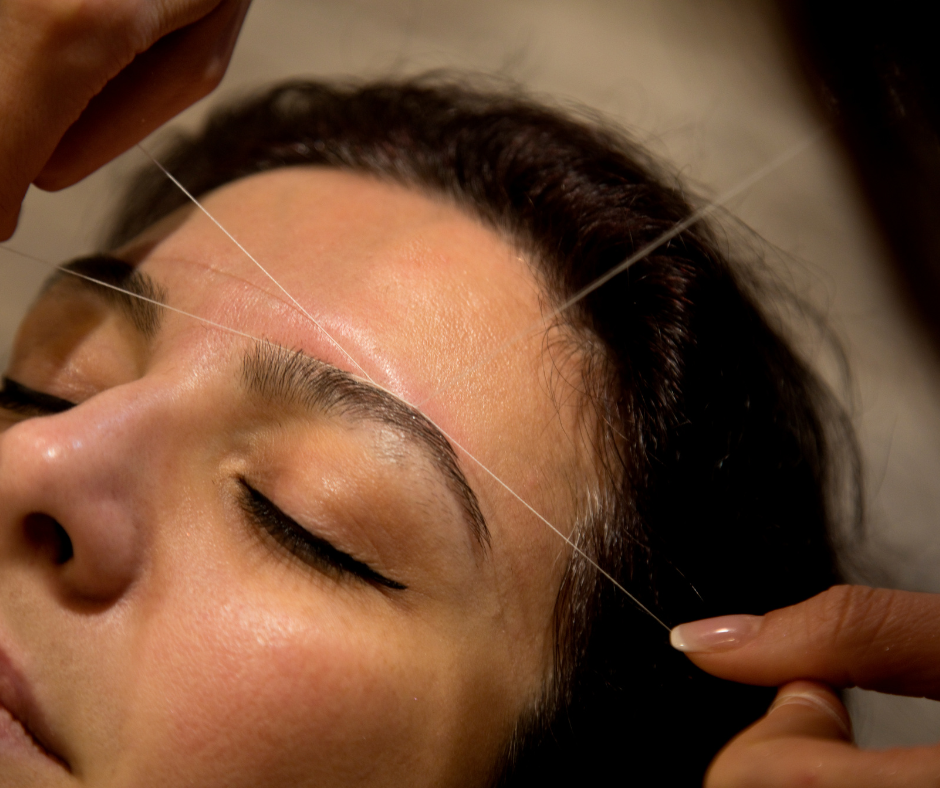
Sugaring
Prepare the sugaring paste
Sugaring is a natural and effective hair removal method that involves using a paste made from sugar, lemon juice, and water. To prepare the sugaring paste, mix equal parts of sugar, lemon juice, and water in a saucepan. Heat the mixture on low heat, stirring continuously, until it forms a thick, caramel-like consistency. Allow the mixture to cool before using it for hair removal.
Apply the paste in the opposite direction of hair growth
To use the sugaring paste, take a small amount and spread it onto the area you want to treat. Make sure to apply the paste in the opposite direction of hair growth, as this will help the paste adhere to the hair more effectively. You can use your hands or an applicator to ensure even coverage and to press the paste down firmly onto the skin.
Remove the paste quickly
Once the paste is applied, quickly and firmly remove it in the direction of hair growth. Hold the skin taut with your free hand and use a quick flicking motion to pull off the paste. This motion helps to remove the hair from the root, resulting in smoother and longer-lasting results. Make sure to pull the paste parallel to the skin to minimize any discomfort.
Cleanse and moisturize
After sugaring, cleanse the area with cool water to remove any residual sugar paste. Gently pat the skin dry and apply a soothing lotion or gel to calm the skin and prevent any potential redness or irritation. Sugaring can leave the skin feeling sensitive, so using a product that hydrates and nourishes the skin is crucial in maintaining its health and appearance.
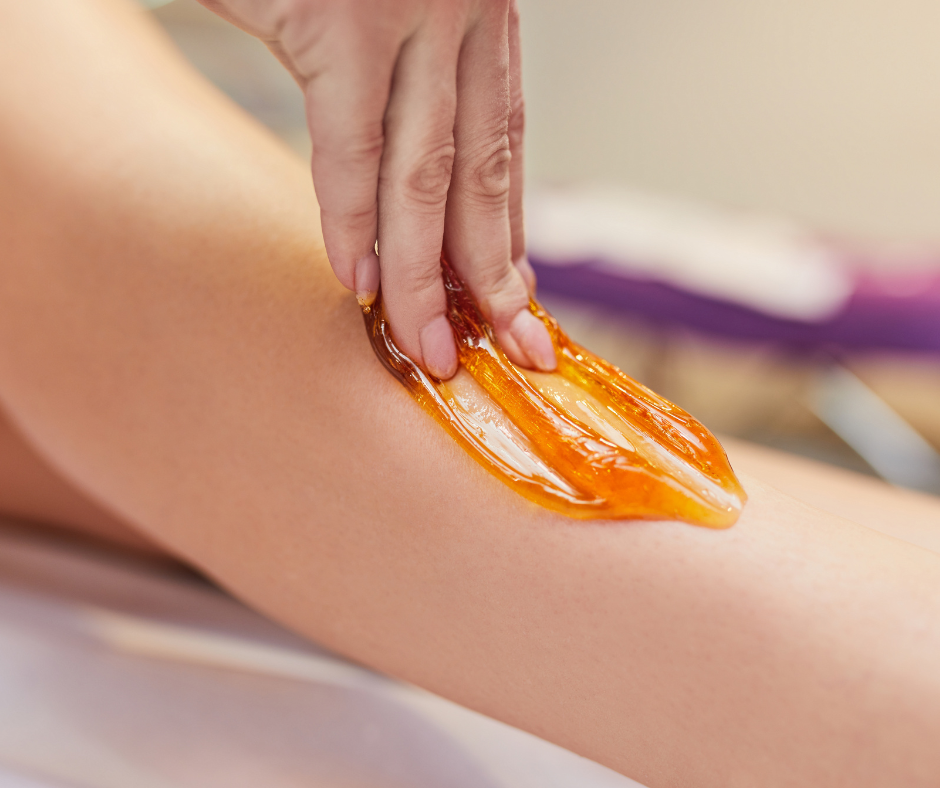
Electrolysis
Consult an electrolysis professional
Electrolysis is a permanent hair removal method that involves using a very fine needle to target individual hair follicles and destroy them using a small electrical current. To ensure safe and effective results, it’s important to consult with an electrolysis professional. They will assess your hair and skin type, answer your questions, and customize a treatment plan suitable for you.
Cleanse the treatment area
Before undergoing electrolysis, the treatment area needs to be cleansed thoroughly. This ensures that the skin is free from any oils, lotions, or makeup that could interfere with the treatment. Cleaning the skin also helps minimize the risk of infections or other complications that may occur during the process.
Insert the needle into the follicle
During electrolysis, the professional will insert a very fine needle into the hair follicle. The needle is placed alongside the hair, and a small electrical current is applied to destroy the hair follicle. This process is repeated for each individual hair to ensure thorough and precise hair removal.
Apply a small electrical current
After the needle is inserted, a small electrical current is applied to the hair follicle. This current destroys the hair follicle by targeting the cells responsible for hair growth. The amount of electricity applied is carefully controlled to ensure safety and minimize discomfort.
Repeat the process for each hair
Electrolysis is an intricate and time-consuming process, as each hair follicle needs to be treated individually. The professional will repeat the process for each hair in the treatment area, ensuring that all the unwanted hairs are targeted and destroyed. The number of sessions required will vary depending on factors such as hair density, hair thickness, and treatment area size.

Plucking
Cleanse the area
Plucking involves manually removing individual hairs using a pair of tweezers, so it’s essential to cleanse the area before plucking. This helps remove any oil, dirt, or debris that may interfere with the plucking process. Washing the area with warm water or using a gentle cleanser can ensure the removal of any impurities and create a clean surface for effective plucking.
Stretch the skin
To make the plucking process easier and more precise, it’s important to stretch the skin around the hair you want to pluck. Use your fingers or an unused cotton swab to gently hold the skin taut. This not only helps to expose the hair fully but also reduces discomfort and ensures that you can grip the hair close to the root.
Use sterilized tweezers
Before plucking, make sure to use clean and sterilized tweezers to avoid any risk of infection. Sterilize the tweezers by wiping them with rubbing alcohol or boiling them in water. Using clean tweezers helps minimize the risk of bacterial contamination or skin irritation that could result from using dirty or contaminated tools.
Pluck the hair in the direction of growth
When plucking, always pull the hair in the direction of its growth to minimize pain and ensure a clean removal. Plucking against the direction of hair growth can cause more discomfort and may result in breakage or incomplete hair removal. Use the tweezers to grip the hair as close to the root as possible and pull it out in one swift motion.
Apply soothing gel
After plucking, apply a soothing gel or lotion to the plucked area to calm the skin and reduce any potential redness or irritation. Look for products that contain ingredients like aloe vera or chamomile, known for their anti-inflammatory properties. Applying a soothing gel can help alleviate any discomfort and keep the skin looking and feeling smooth.
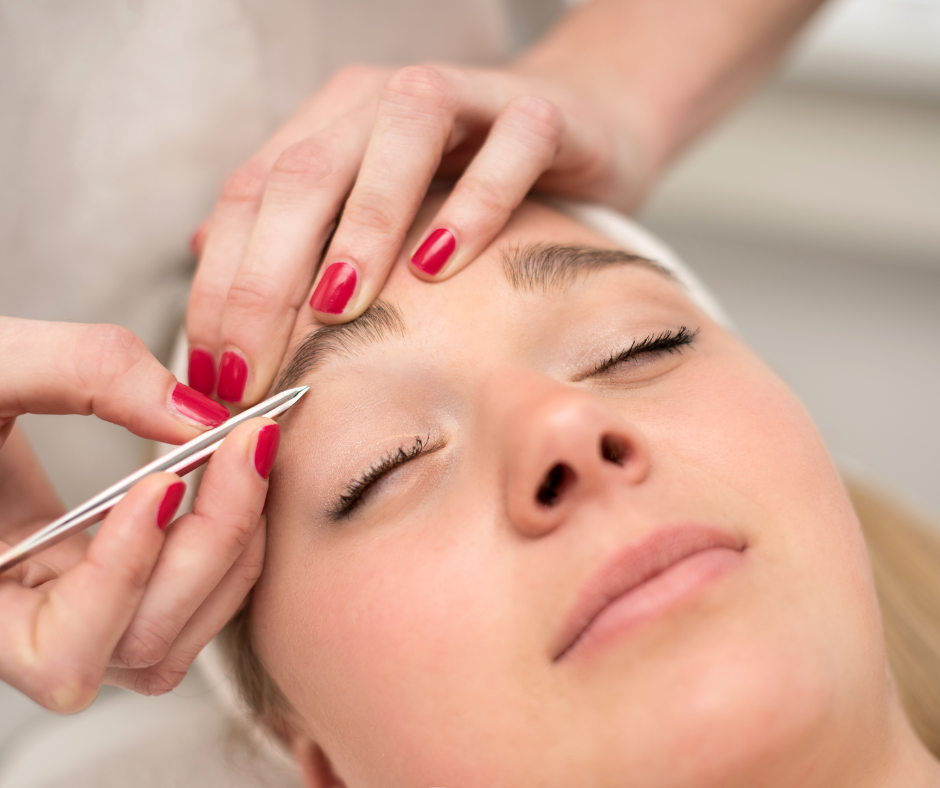
Natural Remedies
Turmeric and milk
Turmeric has long been used for its anti-inflammatory and skin-brightening properties, making it a popular natural remedy for hair removal. Create a paste by mixing turmeric powder with milk to form a thick consistency. Apply the paste to the desired area and leave it on for about 20 minutes. Gently scrub off the paste in the opposite direction of hair growth, rinsing with warm water. Regular use of this remedy may gradually reduce hair growth.
Sugar and lemon
A mixture of sugar and lemon juice can act as a natural hair removal remedy, similar to waxing. In a saucepan, heat equal parts of sugar and lemon juice until it forms a thick, syrupy consistency. Allow the mixture to cool slightly and apply it to the area with unwanted hair. Place a cloth strip over the mixture and press it down firmly. Quickly pull the cloth strip in the opposite direction of hair growth to remove the hair.
Papaya and turmeric
Papaya contains an enzyme called papain, which has hair-thinning properties when applied to the skin. Mash a ripe papaya and mix it with a teaspoon of turmeric powder to form a paste. Apply the paste to the area with unwanted hair and leave it on for around 15 minutes. Rinse off the paste with warm water, and with regular use, you may notice a reduction in hair growth over time.
Honey and lemon
A combination of honey and lemon can act as a natural bleach and hair lightener. Mix equal parts of honey and lemon juice and apply the mixture to the area with unwanted hair. Let it sit for about 15 minutes and then rinse it off with warm water. This remedy can help lighten the color of the hair and make it less noticeable over time.
Egg white mask
Egg whites contain a high amount of protein, which can help to strengthen the hair and reduce its growth. Separate the egg white from the yolk and whisk it until frothy. Apply the egg white to the area with unwanted hair and let it dry completely. Once dry, peel off the mask in the opposite direction of hair growth. Regular use of this mask may gradually weaken the hair and reduce its growth.
In conclusion, there are various methods and techniques available for hair removal, each with its own benefits and considerations. Whether you choose to shave, wax, epilate, use laser hair removal, try depilatory creams, thread, sugar, opt for electrolysis, pluck, or explore natural remedies, it’s important to follow the appropriate steps and take care of your skin before, during, and after each hair removal process. By understanding the proper techniques and using the right tools or products, you can achieve smooth and long-lasting results while maintaining the health and beauty of your skin. Remember to consult with professionals when necessary, take proper precautions, and find the method that works best for you.

